Email sales@AllianceChemical.com for 24/7 Expert Support
-
512-365-6838
-
Amyl Acetate ACS Grade
Category : Esters
$20.44
Liquid error (snippets/product-blocks line 100): divided by 0
Off
Unit price
/
Shipping Notice: Possible Hazmat Fees
💡 Smart Shipping Tip: Quart & Liter Sizes Often Avoid Hazmat Fees
This size may be classified as hazmat and can incur additional carrier fees. See shipping guide
- ✅ Good news: 1 Quart containers qualify as "Limited Quantity" and bypass hazmat rules
- 💡 Pro tip: Order multiple 1 Quart containers to avoid hazmat fees entirely
- 💰 Hazmat fees can get expensive - especially for larger containers (carrier charges, not our markup)
- 🚚 Ground shipping only - no expedited options for sizes over 1 Qt/1L
Required by 49 CFR § 173.150 for chemical containers larger than 1 quart. Actual fees shown at checkout. View our complete shipping guide →
✅ Great Choice! No Hazmat Fees
1 Quart containers qualify as "Limited Quantity" and avoid hazmat shipping fees.
- 🚀 Faster shipping: Eligible for expedited shipping options including air transport
- 💰 No hazmat fees: Ships as "Limited Quantity" per DOT regulations
- 📦 Convenient size: Perfect for testing or smaller applications
- ♻️ Smart choice: Order multiple quarts to get the volume you need without hazmat charges
Exempted under 49 CFR § 173.150 Limited Quantity provisions for containers ≤1 liter/quart. Learn more in our shipping guide →
Quantity
Size:
Variation:
-
$20.44Delivery every$19.42
-
$35.05Delivery every$33.30
-
$58.60Delivery every$55.67
-
$100.17Delivery every$95.16
-
$61.48Delivery every$58.41
-
$107.99Delivery every$102.59
-
$181.70Delivery every$172.62
-
$5,508.45Delivery every$5,233.03
-
$229.89Delivery every$218.40
-
$873.24Delivery every$829.58
-
$6,870.95Delivery every$6,527.40
-
$647.58Delivery every$615.20
-
$2,159.78Delivery every$2,051.79
-
$7,388.63Delivery every$7,019.20
-
$8,841.14Delivery every$8,399.08
-
$10,078.90Delivery every$9,574.96
$20.44
Liquid error (snippets/product-sticky-blocks line 69): divided by 0
Off
Unit price
/
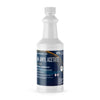
Amyl Acetate ACS Grade
$20.44
Liquid error (snippets/sticky-product line 56): divided by 0
Off
Unit price
/
Size:
Variation:
-
$20.44Delivery every$19.42
-
$35.05Delivery every$33.30
-
$58.60Delivery every$55.67
-
$100.17Delivery every$95.16
-
$61.48Delivery every$58.41
-
$107.99Delivery every$102.59
-
$181.70Delivery every$172.62
-
$5,508.45Delivery every$5,233.03
-
$229.89Delivery every$218.40
-
$873.24Delivery every$829.58
-
$6,870.95Delivery every$6,527.40
-
$647.58Delivery every$615.20
-
$2,159.78Delivery every$2,051.79
-
$7,388.63Delivery every$7,019.20
-
$8,841.14Delivery every$8,399.08
-
$10,078.90Delivery every$9,574.96
Ask a question
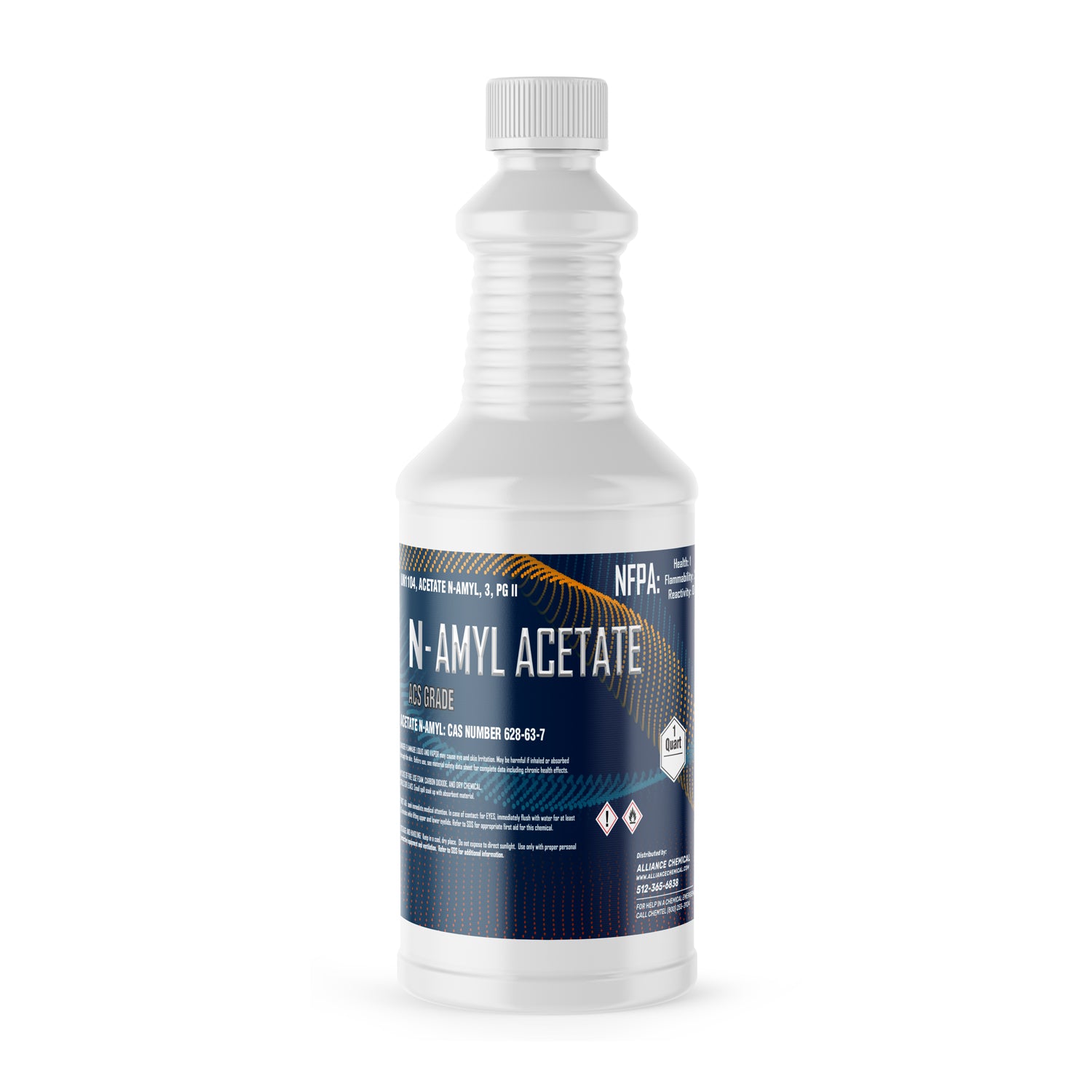
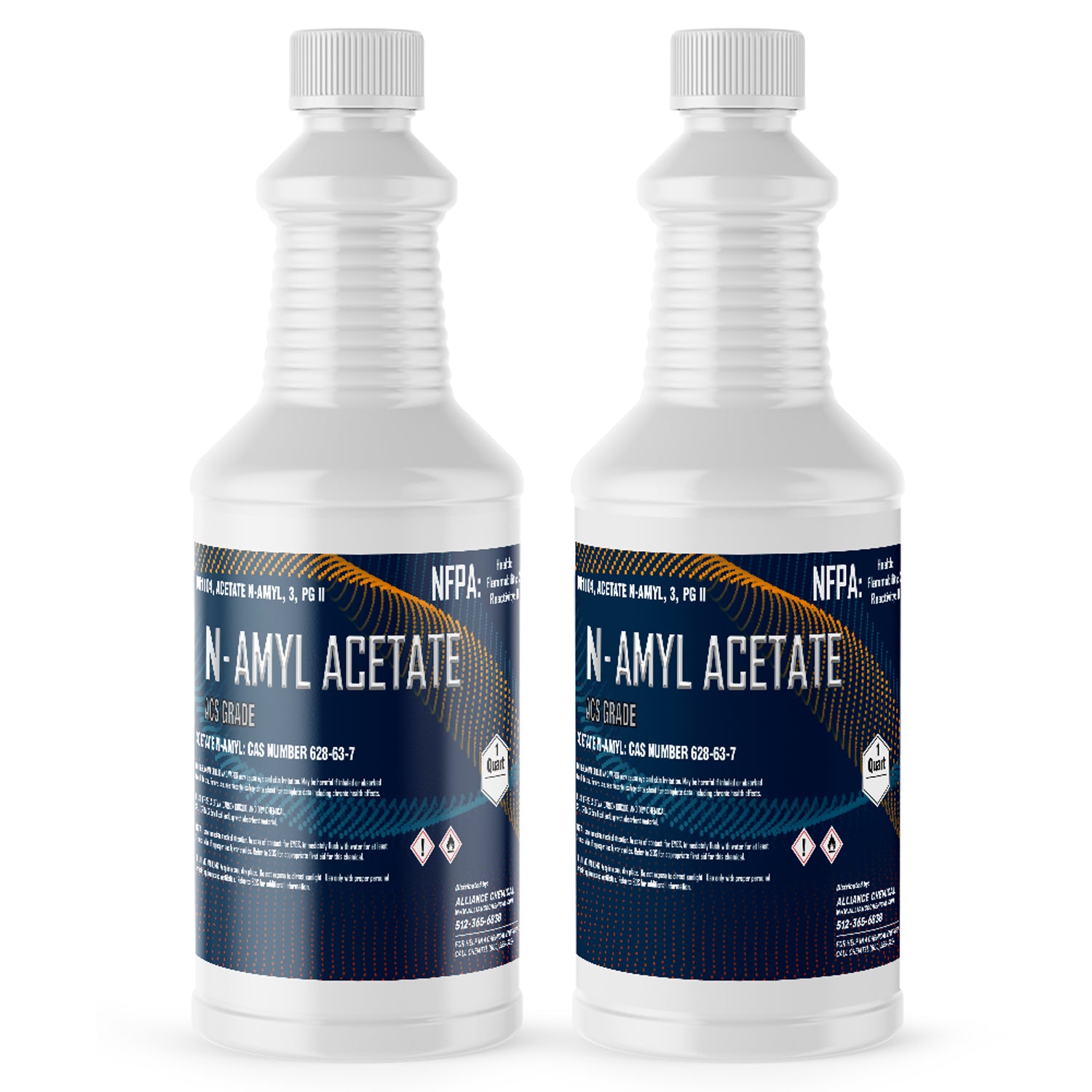
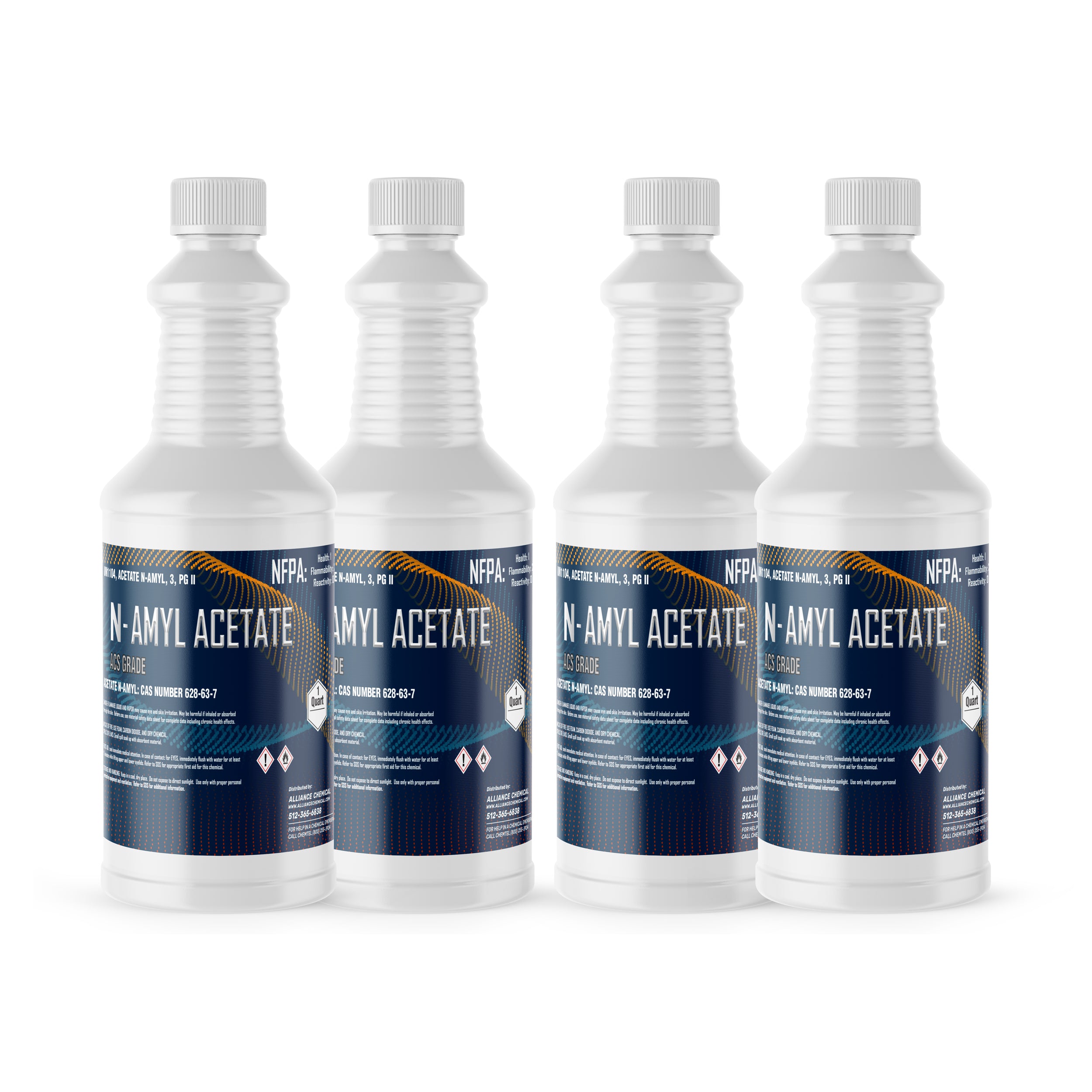
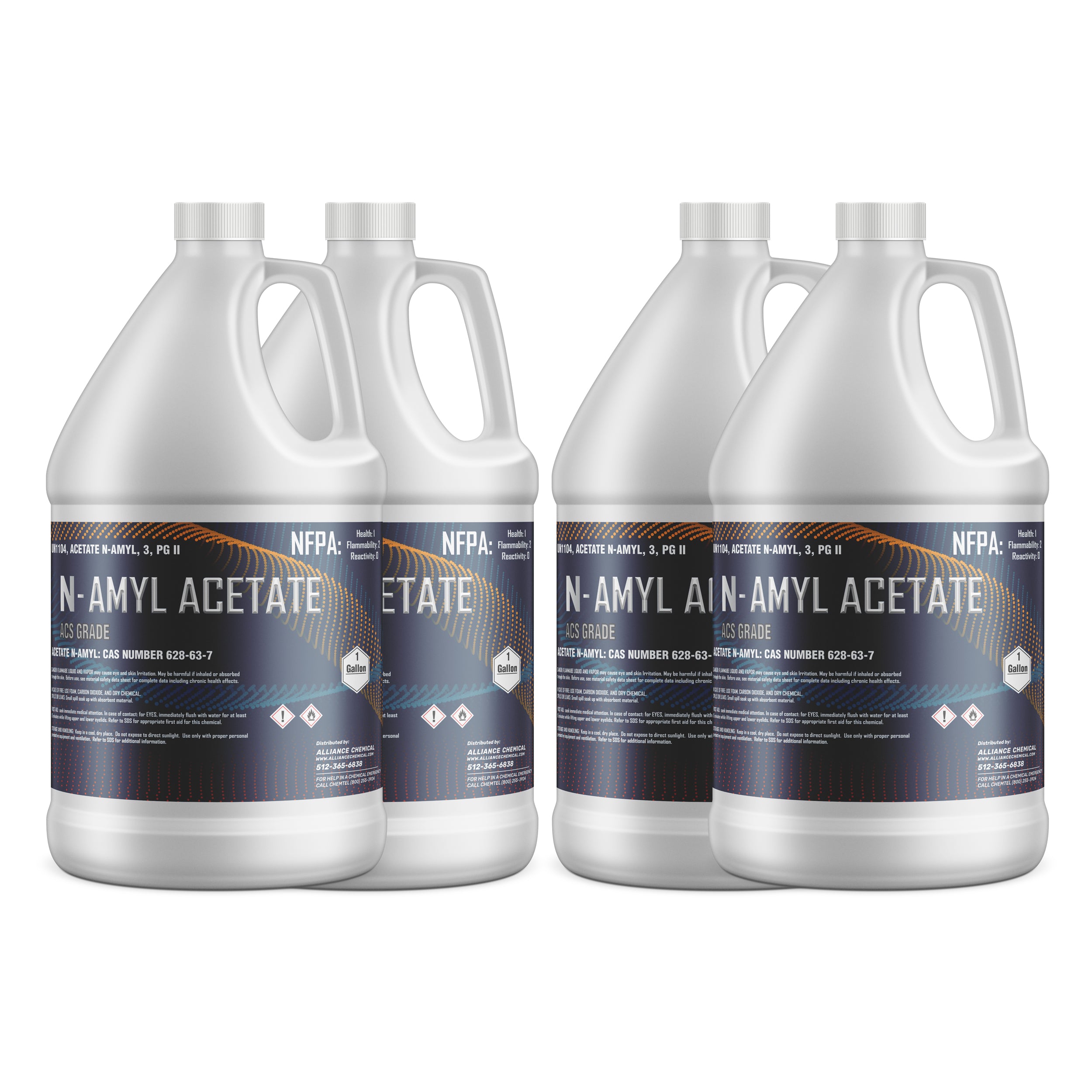

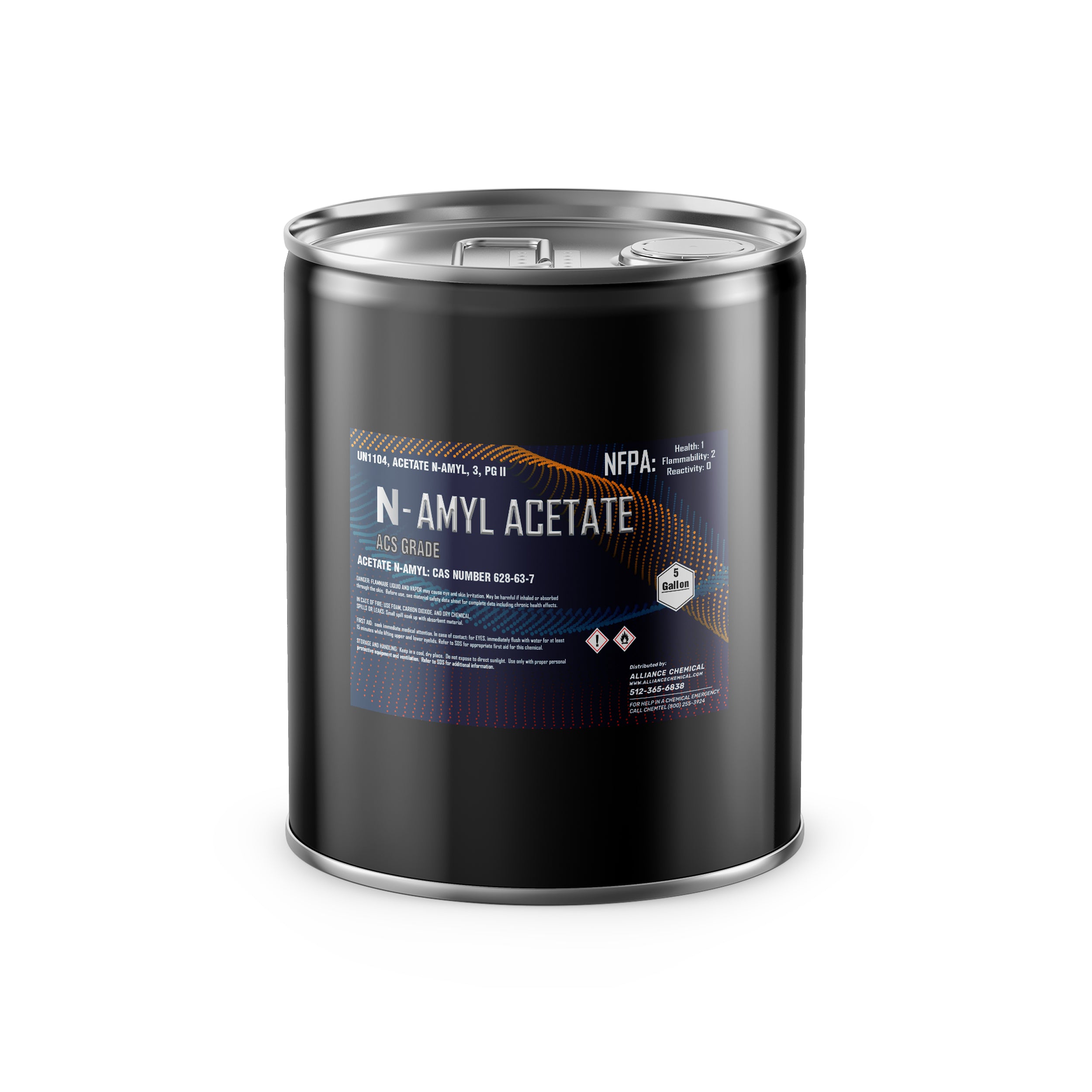

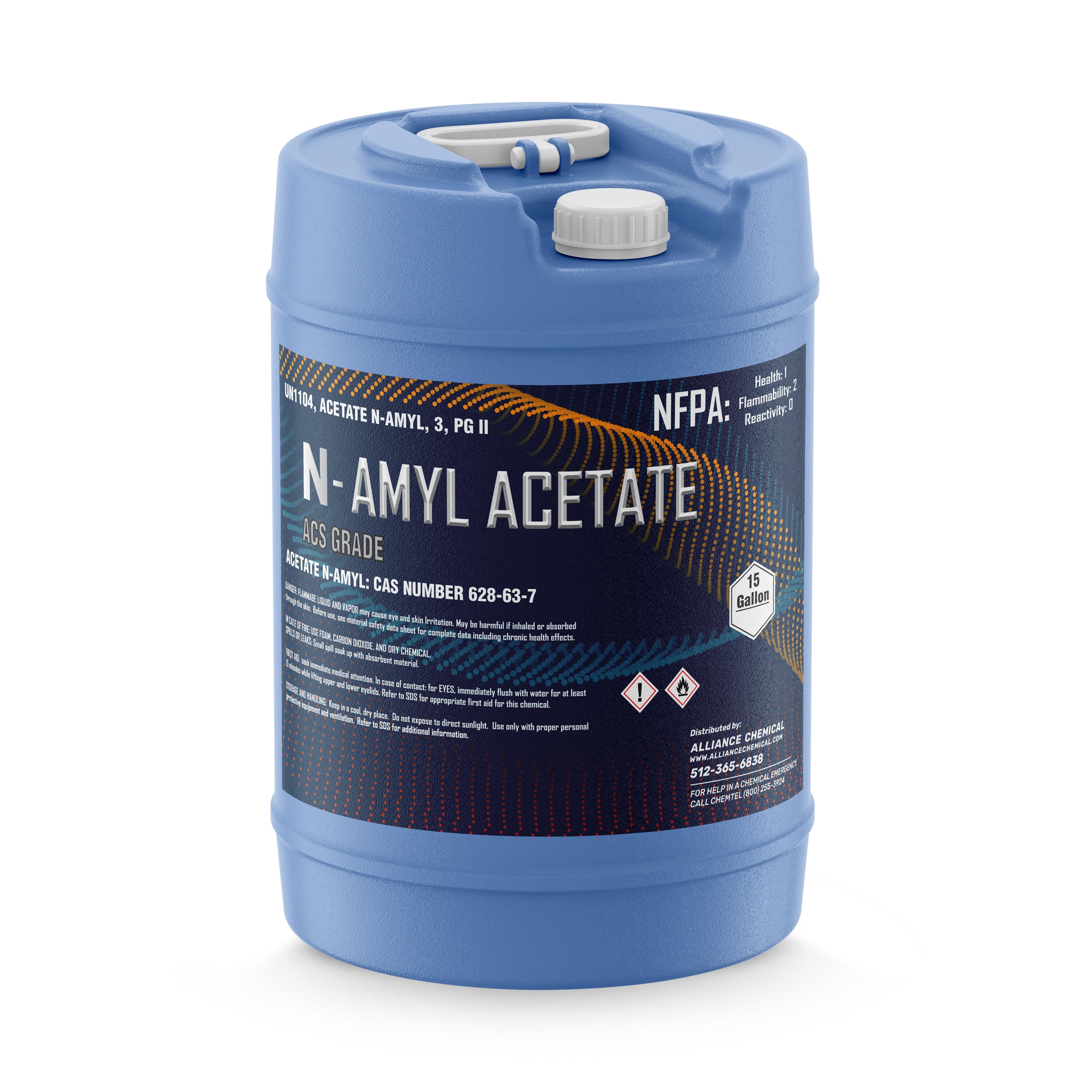
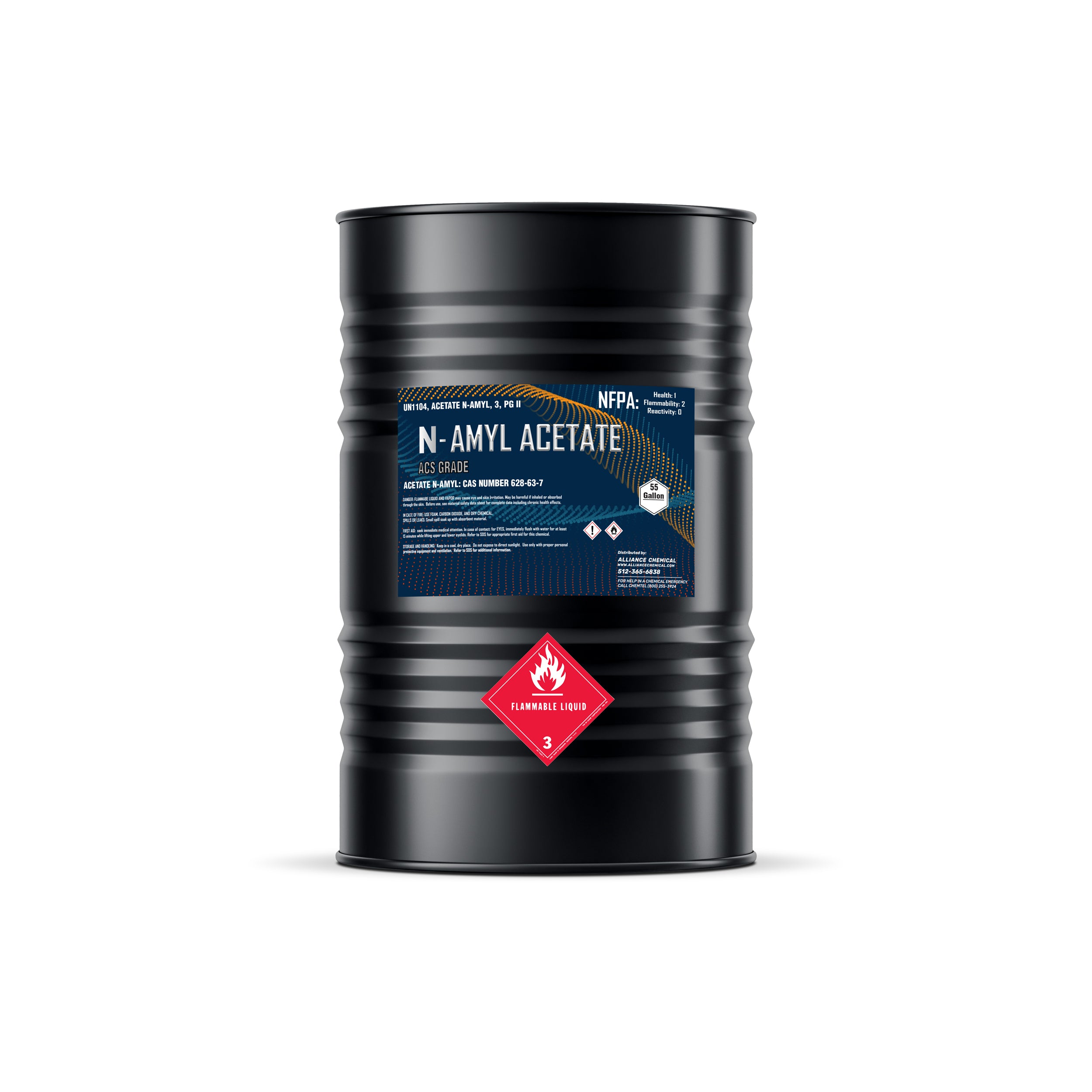
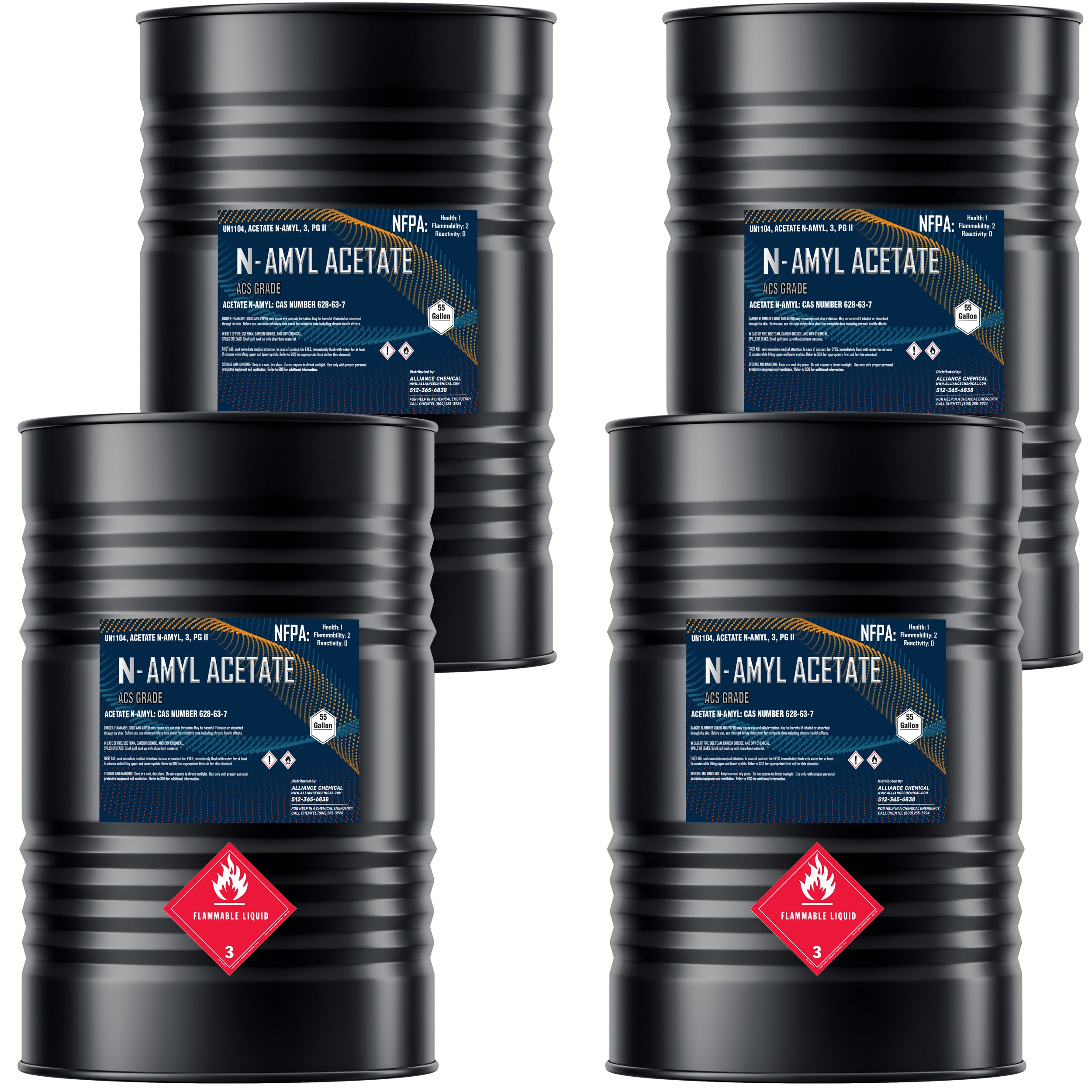
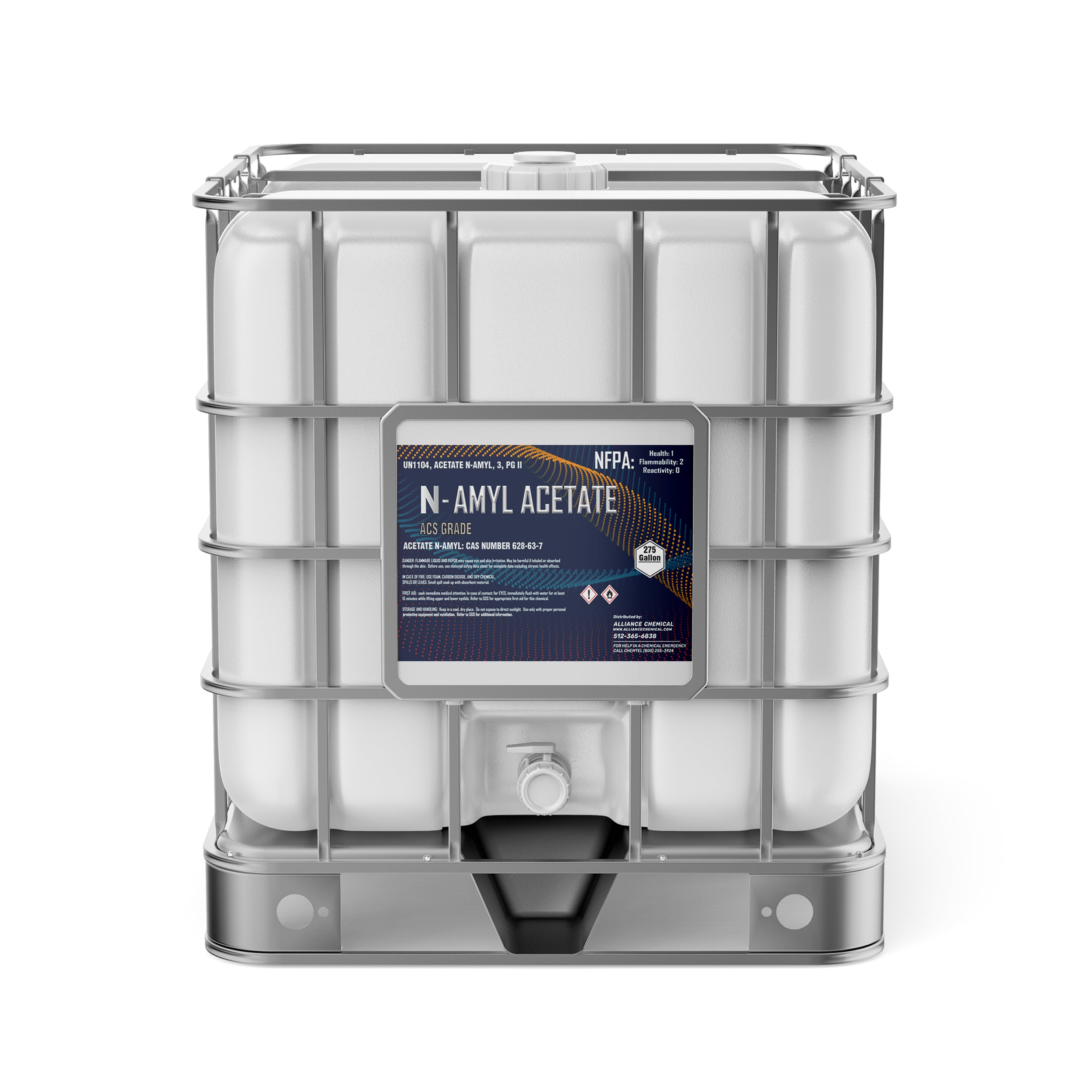
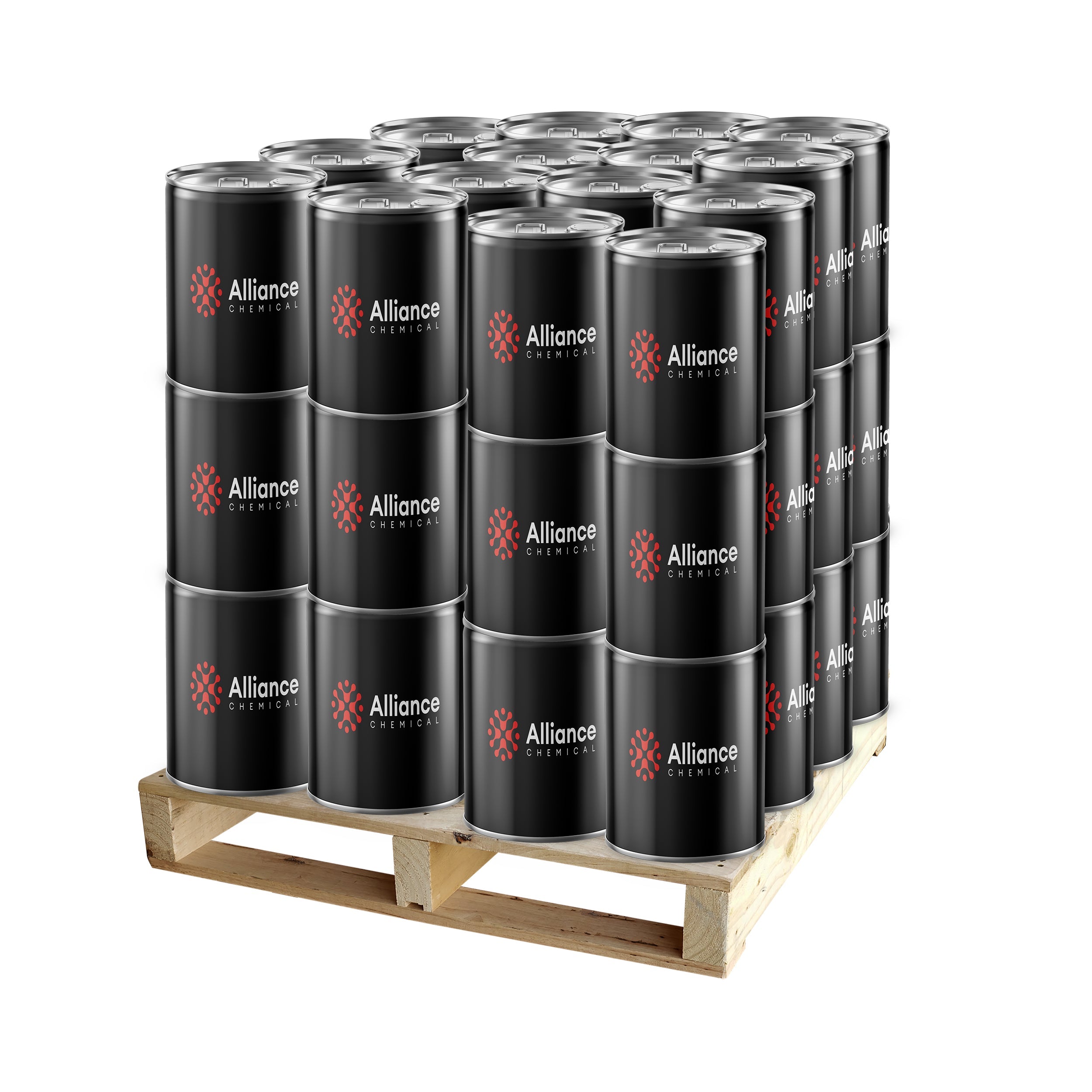
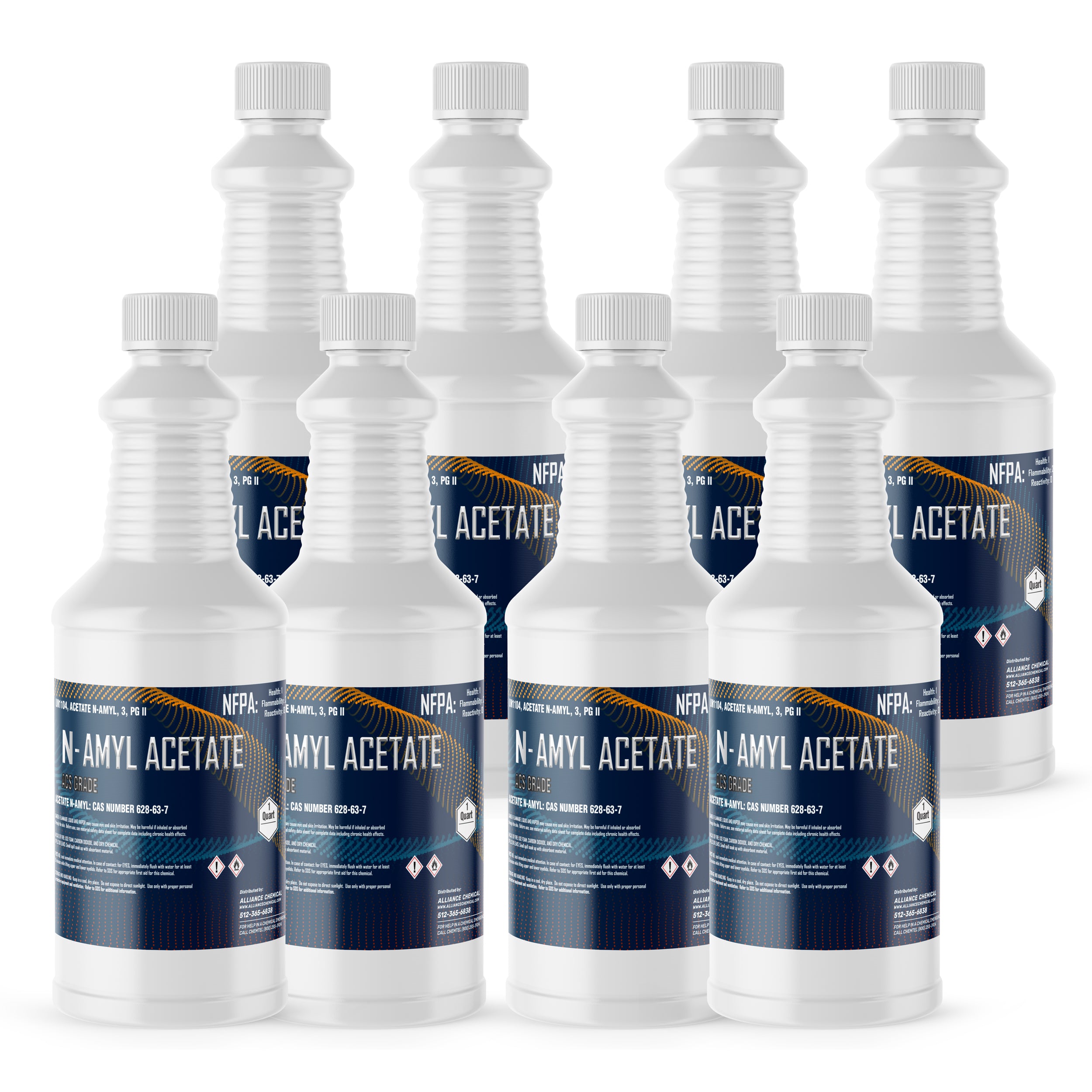
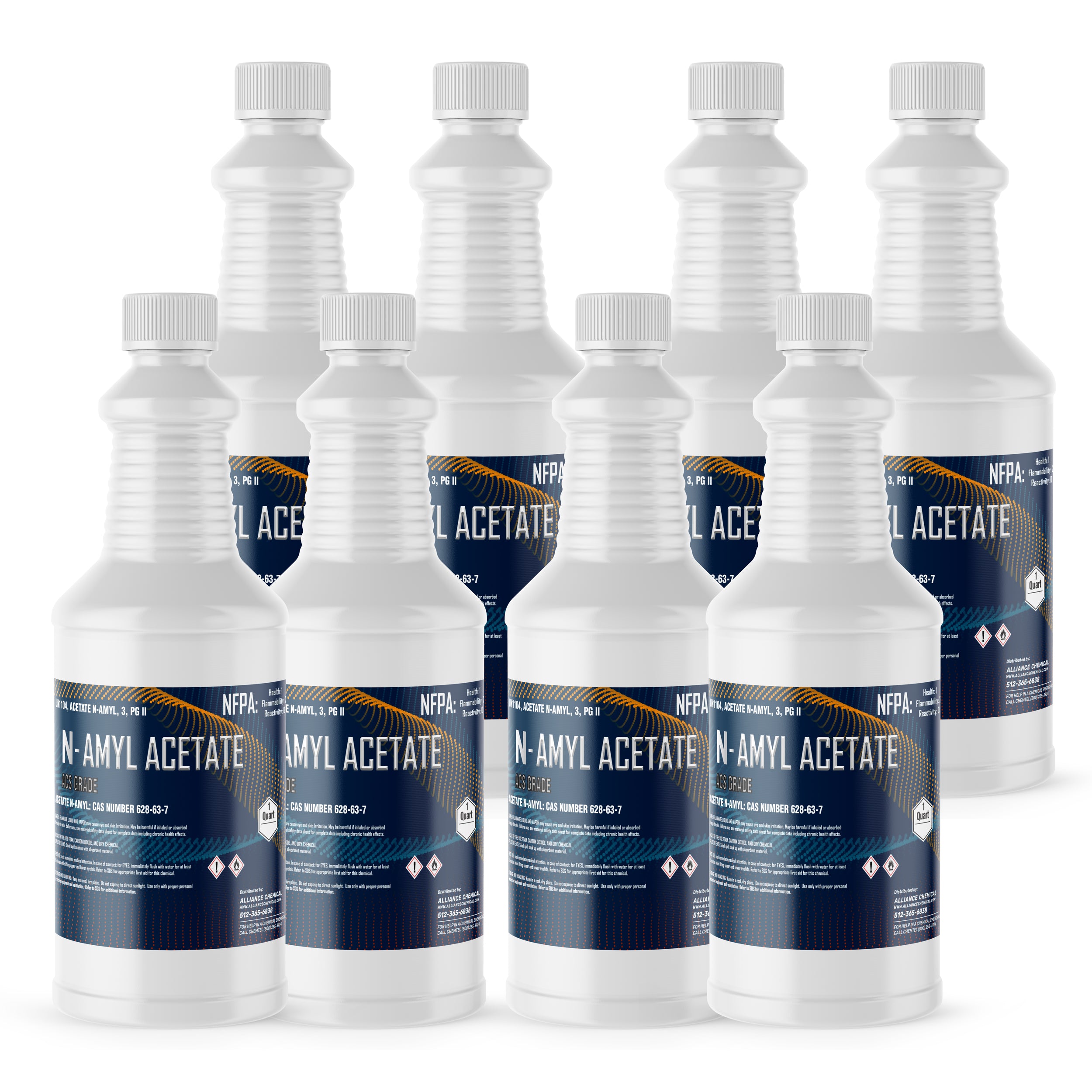
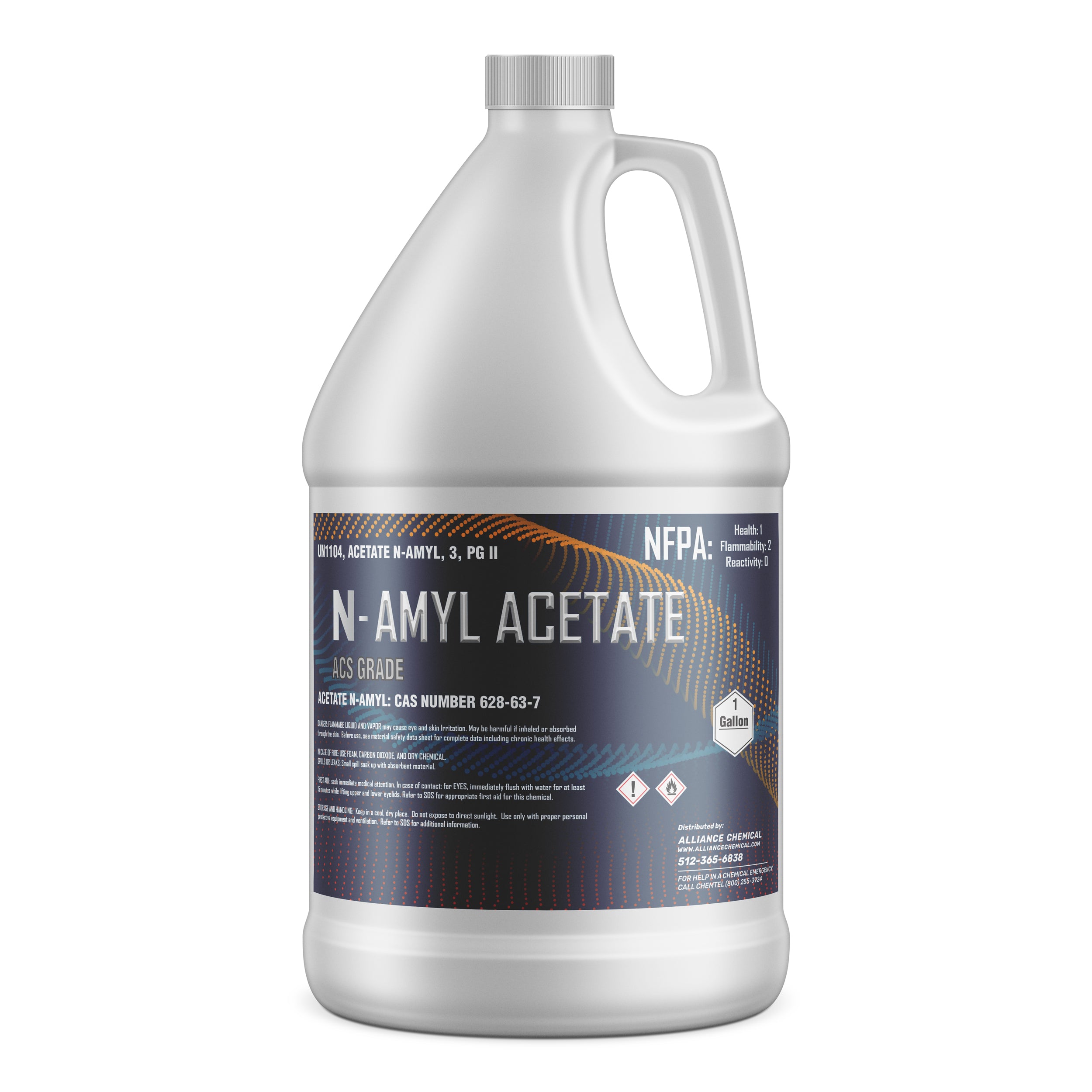
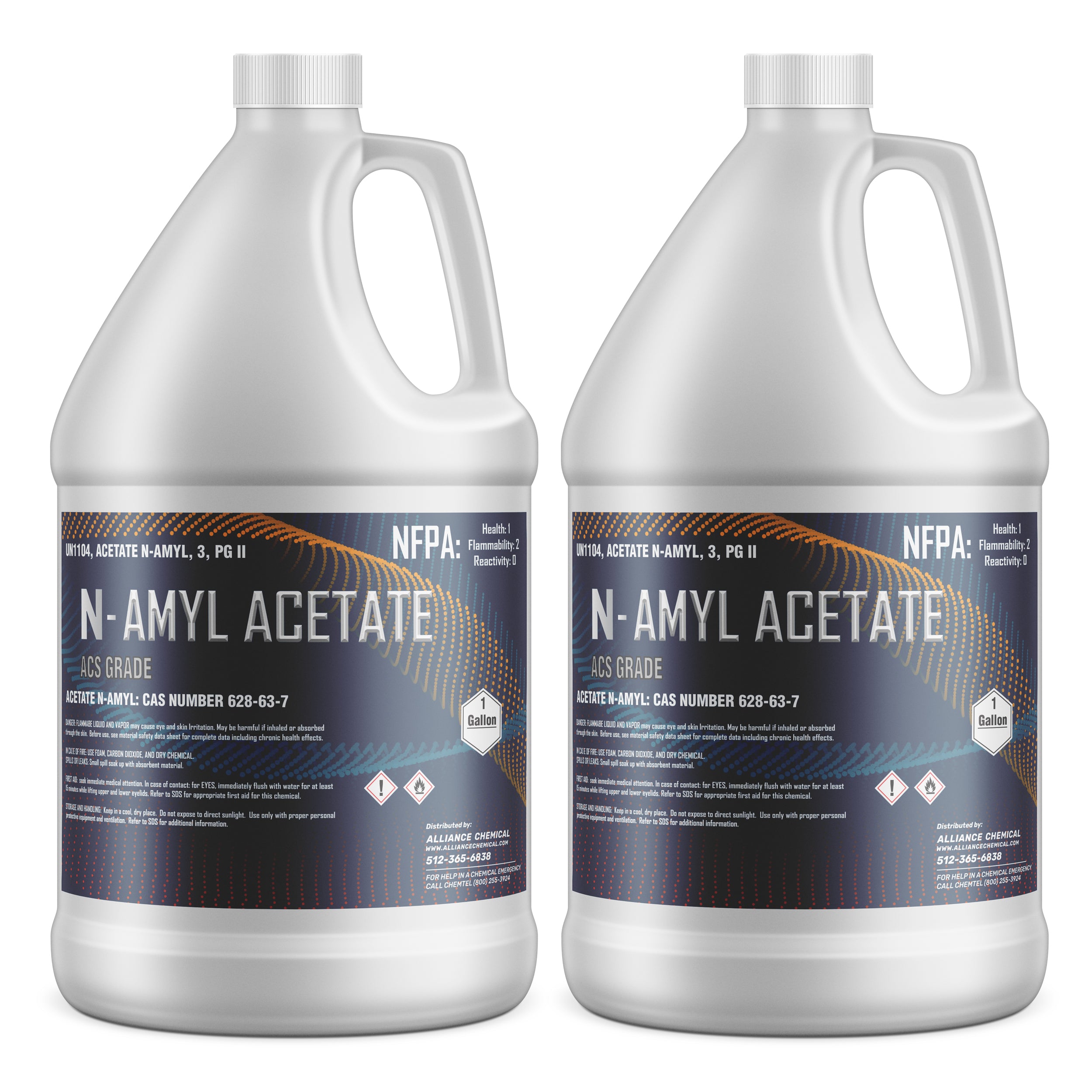
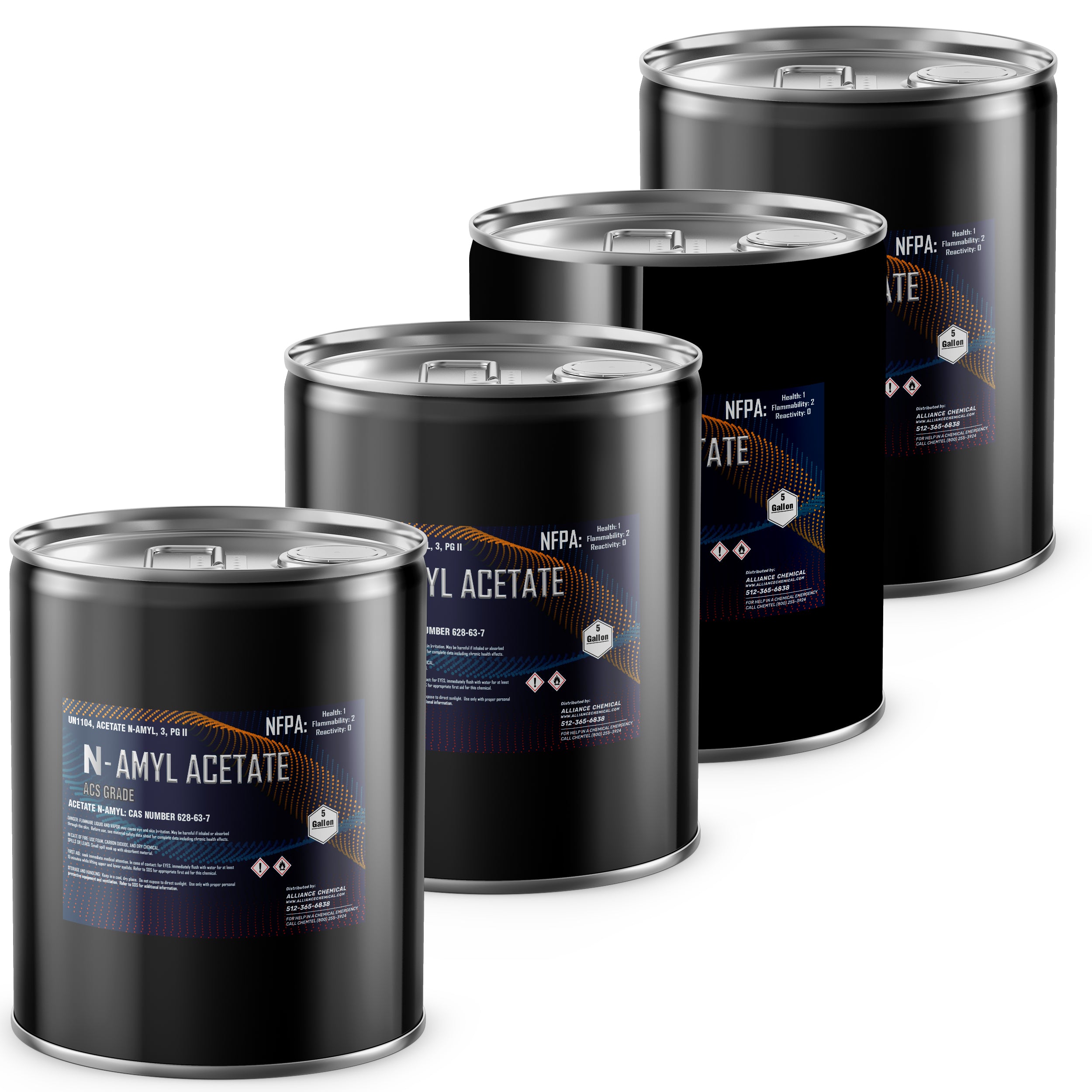

- Description
- Product Documents
Product Overview
Amyl Acetate ACS Grade is a clear, colorless liquid ester (CAS 628-63-7) utilized primarily as a solvent in industrial and laboratory applications. This ACS-grade pentyl ethanoate is selected for precise analytical and manufacturing processes due to its favorable volatility and compatibility with a wide range of substrates. With a high typical assay and stringent impurity control, it delivers consistent performance in coatings, lacquers, and chemical processing.
The product exhibits a logarithmic balance of solvency and evaporation rate, enabling reliable results in chromatographic separations and coating formulations. Its low acidity minimizes interference in sensitive methods, making it suitable for quality control and research environments. This solvent is compatible with HDPE and glass containment and offers predictable evaporation characteristics suitable for controlled delivery in precision processes.
Key Properties
- CAS: 628-63-7
- Appearance: Clear, colorless liquid
- Formula: CH3COO(CH2)4CH3
- Boiling Range: 150-154°C
- Freezing Point: -56°C
- Solubility: Slightly soluble in water, soluble in organic solvents
- Flash Point: 11-25°C
- Density (25°C): 0.874 g/mL
- Molecular Weight: 130.19 g/mol
- Water Content: ≤ 0.05 wt%
- Residue (ash): ≤ 0.001 wt%
Common Applications
- Solvent for Coatings: Used extensively in lacquers, paints, and coating formulations due to its high solvency power and controlled evaporation rate.
- Textile and Garment Processing: Utilized in the processing of textiles and fabrics for industrial manufacturing.
- Laboratory Reagent: Serves as a reliable solvent for HPLC mobile phases and extraction processes in analytical chemistry.
- Resin Manufacturing: Acts as a solvent for gums, resins, and cellulose esters in chemical production.
Safety Precautions
Handling and storage should follow standard chemical hygiene practices. Store in a cool, dry place away from heat and open flames in compatible containers (HDPE or glass). Ensure adequate ventilation to control vapor buildup and minimize inhalation exposure. Wear appropriate PPE, including chemical-resistant gloves and splash goggles, when handling. Use grounded equipment and avoid contact with strong oxidizers and acids.
Review the Safety Data Sheet (SDS) for detailed emergency procedures before use. The substance is flammable and may cause irritation to eyes and skin. Transport information: UN 1104, Amyl Acetate, Class 3, Packing Group II.
Related Products
| Property | Value |
|---|---|
| Molecular Weight | 130.19 g/mol |
| Formula | CH3COOC5H11 |
| Flash Point | 24 |
| Form | Liquid |
| Solubility | Organic solvent soluble, minimal water miscibility |
| Appearance | Clear colorless liquid, volatile, slight fruity... |
| Melting Point | -79 °C |
| Boiling Point | 142 °C |
| Industry | Research, Chemical Manufacturing, Industrial Solvents, Analytical Chemistry |
Other top rated products


















1P2-F6D-EJE
$20.44
Liquid error (snippets/product-blocks line 100): divided by 0
Off
Unit price
/
Shipping Notice: Possible Hazmat Fees
💡 Smart Shipping Tip: Quart & Liter Sizes Often Avoid Hazmat Fees
This size may be classified as hazmat and can incur additional carrier fees. See shipping guide
- ✅ Good news: 1 Quart containers qualify as "Limited Quantity" and bypass hazmat rules
- 💡 Pro tip: Order multiple 1 Quart containers to avoid hazmat fees entirely
- 💰 Hazmat fees can get expensive - especially for larger containers (carrier charges, not our markup)
- 🚚 Ground shipping only - no expedited options for sizes over 1 Qt/1L
Required by 49 CFR § 173.150 for chemical containers larger than 1 quart. Actual fees shown at checkout. View our complete shipping guide →
✅ Great Choice! No Hazmat Fees
1 Quart containers qualify as "Limited Quantity" and avoid hazmat shipping fees.
- 🚀 Faster shipping: Eligible for expedited shipping options including air transport
- 💰 No hazmat fees: Ships as "Limited Quantity" per DOT regulations
- 📦 Convenient size: Perfect for testing or smaller applications
- ♻️ Smart choice: Order multiple quarts to get the volume you need without hazmat charges
Exempted under 49 CFR § 173.150 Limited Quantity provisions for containers ≤1 liter/quart. Learn more in our shipping guide →
Size:
Variation:
-
$20.44Delivery every$19.42
-
$35.05Delivery every$33.30
-
$58.60Delivery every$55.67
-
$100.17Delivery every$95.16
-
$61.48Delivery every$58.41
-
$107.99Delivery every$102.59
-
$181.70Delivery every$172.62
-
$5,508.45Delivery every$5,233.03
-
$229.89Delivery every$218.40
-
$873.24Delivery every$829.58
-
$6,870.95Delivery every$6,527.40
-
$647.58Delivery every$615.20
-
$2,159.78Delivery every$2,051.79
-
$7,388.63Delivery every$7,019.20
-
$8,841.14Delivery every$8,399.08
-
$10,078.90Delivery every$9,574.96
Compare Products
| Price |
|---|
| SKU |
| Rating |
| Discount |
| Vendor |
| Tags |
| Weight |
| Stock |
| Short Description |
